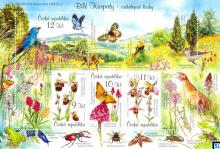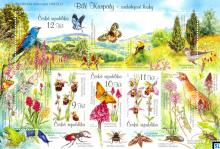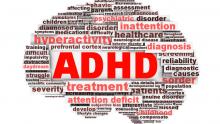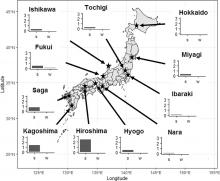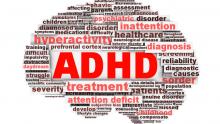Ersetzung von Druckreys Dosis-Zeit-Wirkungsgesetz durch den flexibleren Acceptable Daily Intake
In den 1950er Jahren vertrat die Farbstoffkommission der DFG unter der Leitung des Biochemikers Adolf Butenandt und des Pharmakologen Hermann Druckrey eine Politik der Risikovermeidung in Bezug auf Lebensmittelzusatzstoffe. Sie rekapitulierte damit einen Diskurs über „Gift in der Nahrung“ und eine zivilisationskritische Deutung eines inneren Zusammenhangs zwischen Fremdstoffen und Krebsentstehung, der bereits zu Beginn der 1930er Jahre ausformuliert worden war.


